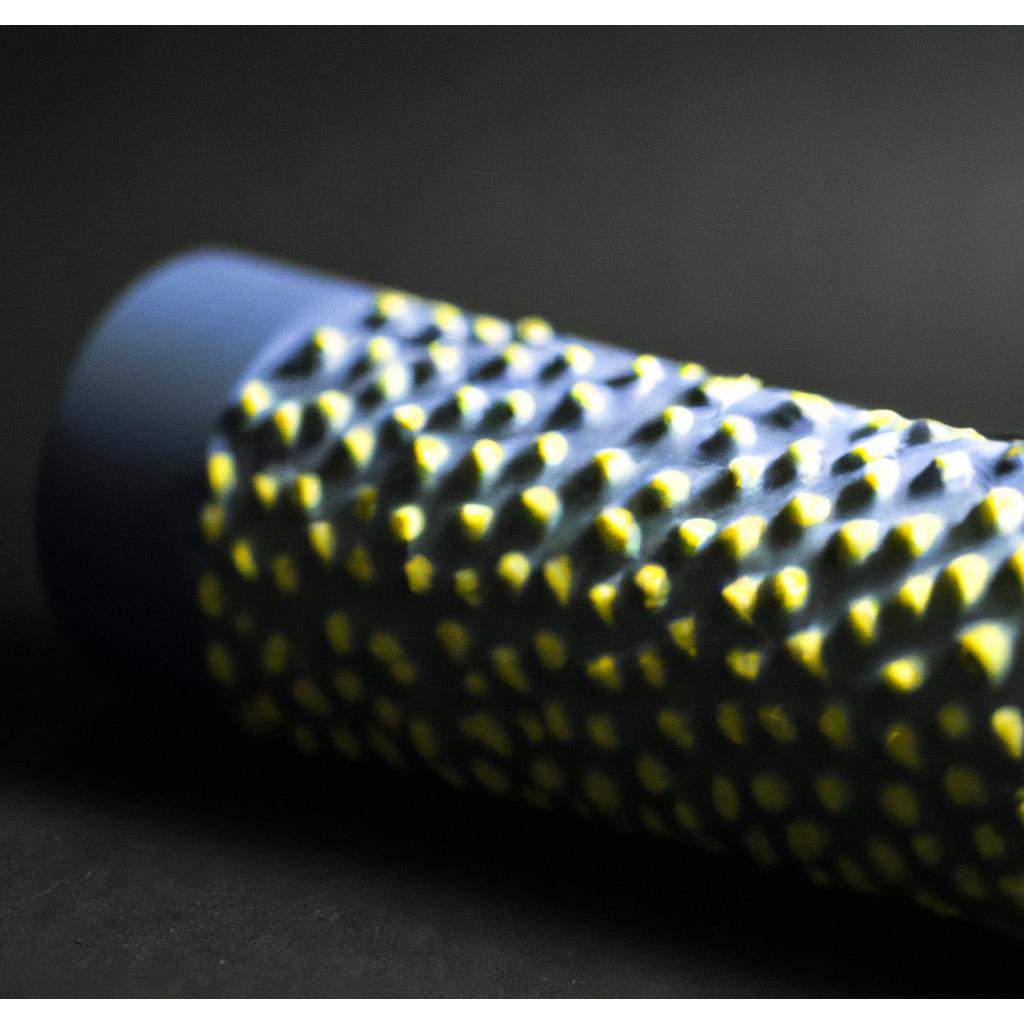The Role of Breath Control in Cooling Down: Techniques for Optimal Recovery and Relaxation
# The Role of Breath Control in Cooling Down: Techniques for Optimal Recovery and Relaxation
In the realm of fitness and wellness, the importance of cooling down after physical activity cannot be overstated. It not only aids in recovery but also helps to prevent injuries. One often overlooked aspect of this process is breath control. Mastering breath control during your cooldown can enhance relaxation, improve recovery, and even stabilize your mental state. This blog post will explore various techniques for optimal recovery and relaxation through breath control, along with nutrition tips, exercise advice, and the health benefits associated with effective breathing practices.
## Understanding Breath Control
### What is Breath Control?
Breath control refers to the conscious manipulation of your breathing patterns to achieve specific physiological and psychological benefits. This can range from simple deep breathing exercises to advanced techniques used in yoga and meditation. By learning to control your breath, you can influence your heart rate, reduce stress levels, and promote a sense of calm.
### Why Is It Important for Cooling Down?
During the cooldown phase, your body transitions from a heightened state of activity to a resting state. Breath control plays a crucial role in this transition, helping to lower your heart rate, clear out carbon dioxide, and restore oxygen levels. By employing effective breath control techniques, you can enhance your recovery and prepare both your body and mind for the next phase of your day.
## Breath Control Techniques for Cooling Down
### Diaphragmatic Breathing
Diaphragmatic breathing, or belly breathing, is a technique that focuses on using the diaphragm rather than the chest for deeper inhalations. To practice this technique, find a comfortable seated or lying position. Place one hand on your chest and the other on your abdomen. Inhale slowly through your nose, ensuring that your abdomen rises while your chest remains relatively still. Exhale through your mouth. This method engages the full capacity of your lungs and promotes relaxation.
### 4-7-8 Breathing
The 4-7-8 technique is a powerful method for achieving relaxation and reducing anxiety. To perform this technique, start by inhaling through your nose for a count of 4. Hold your breath for a count of 7, and then exhale through your mouth for a count of 8. Repeat this cycle four times. This pattern helps regulate your heart rate and induces a state of calm, making it perfect for post-exercise recovery.
### Box Breathing
Box breathing is another effective technique that can stabilize your breath and restore balance. Inhale through your nose for a count of 4, hold for 4, exhale for 4, and hold again for 4 before starting the cycle anew. This technique is especially beneficial for those who may feel overwhelmed or anxious after an intense workout.
## Nutrition Tips for Optimal Recovery
1. **Hydration**: Ensure you hydrate adequately after your workout. Water is essential for maintaining optimal physiological functions, including breathing and muscle recovery.
2. **Electrolytes**: Consider consuming foods rich in electrolytes, such as bananas, coconut water, or sports drinks, to replenish what you’ve lost through sweat.
3. **Protein Intake**: Incorporate a source of protein, such as a protein shake, Greek yogurt, or lean meats, to aid muscle repair during your recovery phase.
4. **Anti-Inflammatory Foods**: Foods rich in omega-3 fatty acids, such as salmon, walnuts, and flaxseeds, can help reduce inflammation and promote faster recovery.
## Exercise Advice for Effective Cooling Down
1. **Gentle Stretching**: Incorporate gentle stretches into your cooldown routine to promote flexibility and relieve tension. Focus on major muscle groups used during your workout.
2. **Low-Intensity Movements**: Engage in low-intensity activities, such as walking or light cycling, to gradually lower your heart rate without abruptly stopping exercise.
3. **Mindfulness Practices**: Consider integrating mindfulness or meditation practices into your cooldown routine to enhance mental clarity and relaxation.
## Health Benefits of Breath Control
1. **Stress Reduction**: Regular practice of breath control techniques helps lower cortisol levels, reducing stress and anxiety.
2. **Improved Focus**: Better breath control can enhance concentration and mental clarity, making it easier to tackle tasks after a workout.
3. **Enhanced Recovery**: Efficient breathing techniques promote better oxygen delivery to tissues, accelerating recovery and reducing muscle soreness.
4. **Emotional Balance**:















Post Comment